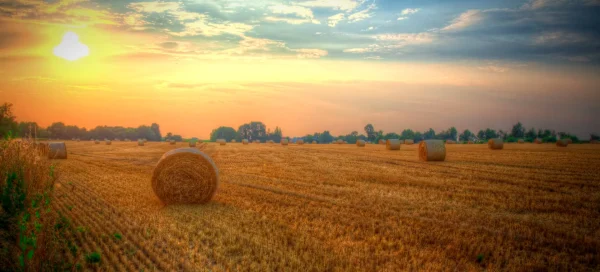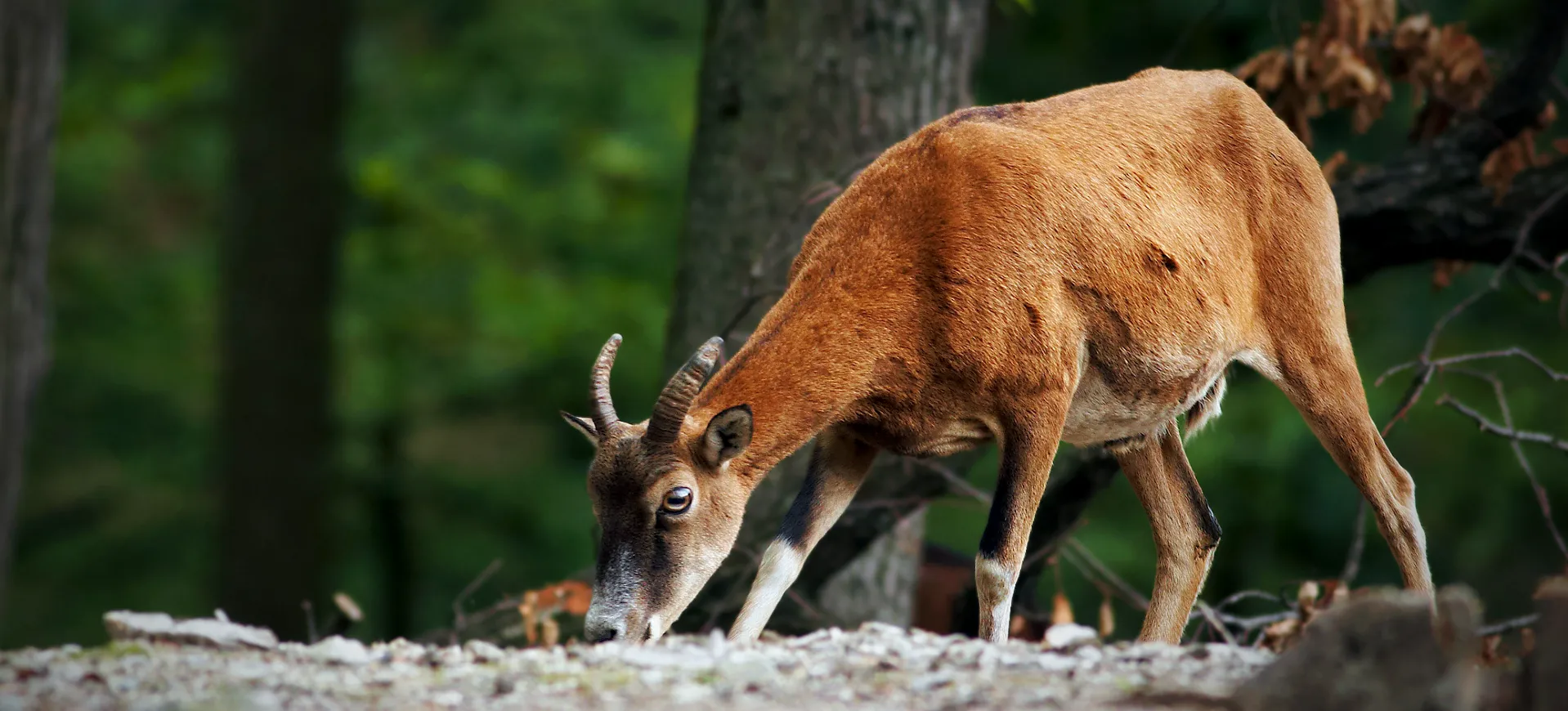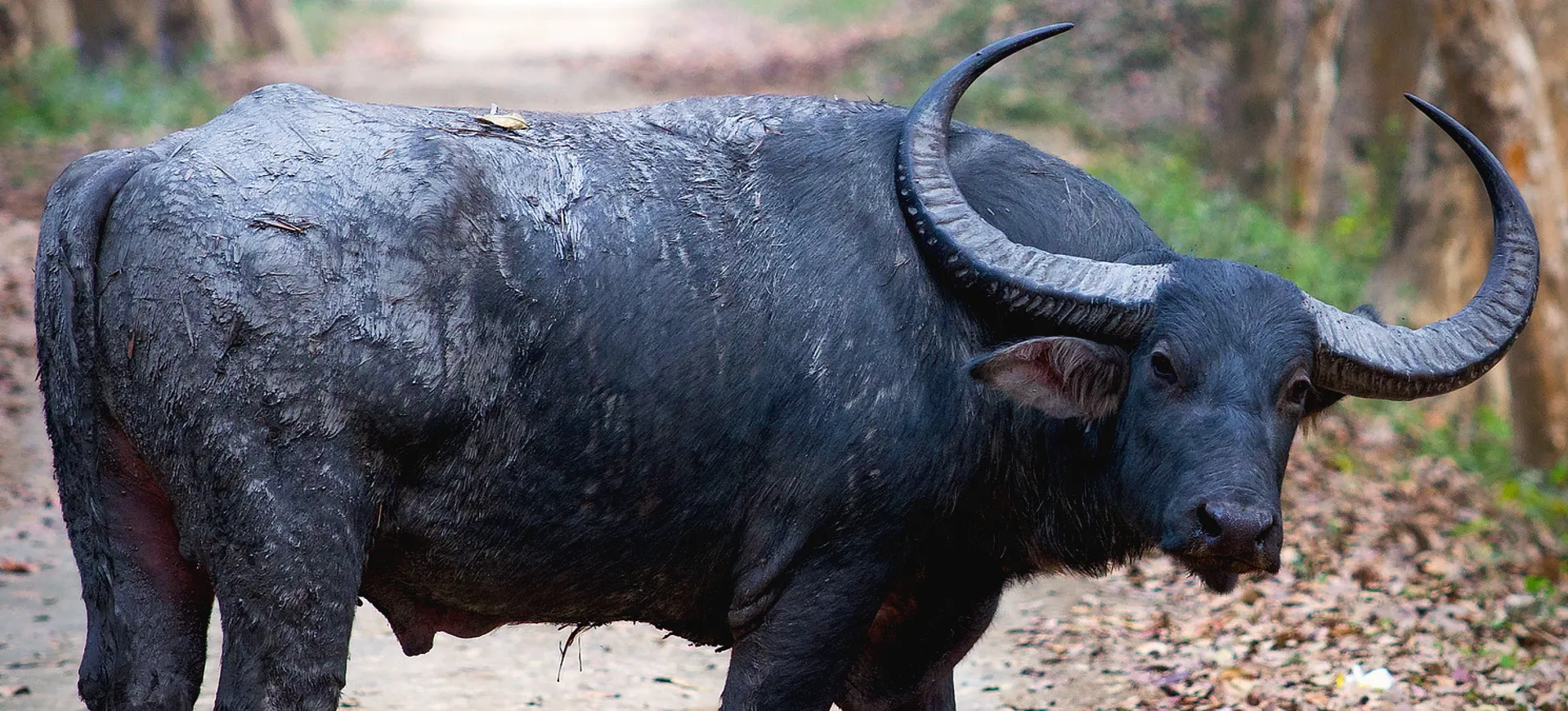Overview
The Boer Goat is a breed of domestic goat originating in South Africa and is known for its high meat production. Recognized by their distinctive white bodies and red heads, Boer Goats are among the largest goat breeds, with a strong, muscular build that makes them highly sought after for meat production. They have a fast growth rate and excellent feed conversion ratios, traits that have contributed to their popularity in commercial goat farming worldwide. Boer Goats adapt to various climates and environments, thriving in intensive and extensive farming systems.
These goats are valued for their meat and hardiness, fertility, and docile temperament, making them a favorite among farmers and breeders. With a high twinning rate, they can breed throughout the year, significantly enhancing their productivity. Boer Goats are also known for their strong mothering instincts, ensuring a high survival rate for their offspring. The breed has been crucial in developing the goat meat industry globally, influencing breeding programs and production standards.
The global distribution of Boer Goats is a testament to their versatility and economic value. Due to their impressive physique and conformity to breed standards, they are bred in many countries for commercial meat production and as show animals. Conservation and breeding programs aim to maintain the genetic purity of the breed while improving traits such as growth rate, carcass quality, and adaptability to different environmental conditions. The Boer Goat’s contribution to agriculture extends beyond meat production, including land management and crossbreeding programs to enhance the genetic traits of other goat breeds.
Taxonomy
Kingdom
Phylum
Class
Order
Family
Genus
Species
Type
RANGE
Current distribution:
Boer Goats are not found in the wild; they are a product of selective breeding aimed at enhancing qualities beneficial for agricultural use, particularly meat production. Originating from South Africa, this breed has been exported and embraced by farmers and ranchers across the globe, thriving in a variety of environmental conditions, from the hot, dry climates of Australia to the cooler, temperate regions of North America. Their ability to adapt to different climates and their resilience in various environmental challenges have made them a staple in the agricultural sector, especially in regions looking to boost their meat production capabilities.
The global distribution of Boer Goats speaks to their popularity and the high demand for their meat, which is known for its quality and taste. They are raised on farms and ranches for meat, show, breeding, and land management, where their grazing helps control brush and weeds. This wide range of uses, coupled with their hardy nature and ease of care, has led to their widespread adoption and breeding outside their native South Africa, making the Boer Goat a symbol of successful livestock management and agricultural productivity worldwide.
Physical Description:
Boer Goats are known for their large, robust frame and distinctive coloration, typically featuring a white body and a redhead, although variations can occur. Males (bucks) are significantly larger than females (does), with mature bucks weighing between 240 and 300 pounds (109 to 136 kg), while does range from 200 to 220 pounds (90 to 100 kg).
They possess long, drooping ears, contributing to their characteristic appearance and help with thermoregulation in hot climates. A broad chest and strong legs complement their muscular build, features that are indicative of their breeding for meat production. The skin of Boer Goats is thick and elastic, a trait that contributes to their adaptability in different environments and conditions.

Lifespan: Captivity: ~12 Years

Weight: Male: 240-300 lbs (109-136 kg) || Female: 200-220 lbs (90-100 kg)

Height: Male: 22-25 in (56-64 cm) || Female: 19-22 in (48-56 cm)

Top Speed: 15 mph (24 km/h)
Characteristic:
Native Habitat:
Originally developed in South Africa, Boer Goats were bred from indigenous goats of the region and adapted to the harsh environment and climates of the area. Their native habitat includes arid regions, savannas, and scrublands, where they have developed resilience to drought, heat, and varied forage availability. This adaptability has allowed them to be successfully farmed in environments outside their native habitat.
Today, Boer Goats are found worldwide, in countries across Africa, the Americas, Europe, and Australia, demonstrating their versatility and ability to adapt to different climatic conditions and farming practices. Their introduction into new areas has often been driven by the demand for high-quality meat production and their utility in land management and as show animals.
Climate Zones:
Biomes:
Biogeographical Realms:
Continents:
Countries:
Diet:
Diet & Feeding Habits:
Boer Goats are herbivorous, with a diet consisting primarily of grasses, shrubs, and other plant materials. Their ability to consume and digest a wide variety of forage makes them efficient grazers, capable of thriving in environments where other livestock might struggle. They are known for their preference for browsing over grazing, often selecting leaves, twigs, and vines, contributing to their ability to clear brush and manage land.
In a farm setting, their diet can be supplemented with grains, hay, and specialized feeds to ensure balanced nutrition, particularly for breeding and growing kids. Proper nutrition is critical for maintaining health, fertility, and meat production qualities in Boer Goats, highlighting the importance of diet management in commercial farming operations.
Mating Behavior:
Mating Description:
Boer Goats are known for their high fertility and can breed throughout the year, with a particular increase in breeding activity during the fall. The gestation period for Boer Goats is approximately 150 days, often resulting in twins or triplets, contributing to the efficiency of meat production in farming operations. Males exhibit typical breeding behaviors such as vocalizations, scent marking, and competitive interactions with other males to gain access to females.
Breeding strategies in Boer Goat farming often involve selective mating to enhance desirable traits such as growth rate, carcass quality, and maternal abilities. The breed’s high reproductive rate and adaptability to various environmental conditions make it valuable in commercial goat meat production and breeding programs.
Reproduction Season:
Birth Type:
Pregnancy Duration:
Female Name:
Male Name:
Baby Name:
Social Structure Description:
Boer Goats exhibit a distinct social hierarchy within their herds, a structure that is pivotal for the smooth functioning and stability of the group. This hierarchy is typically dominated by a few leading does and bucks, which assert their status through various behaviors and interactions with other herd members. The gregarious nature of Boer Goats means they naturally seek the company of their kind, engaging in communal activities such as grooming and resting together, which not only strengthens social bonds but also plays a crucial role in stress reduction and overall herd health. These social structures are essential for efficient resource management within the herd, ensuring that breeding processes occur smoothly and providing a mechanism for collective protection against potential predators.
In farming operations, a thorough understanding and management of the social dynamics within Boer Goat herds can significantly improve animal welfare and farm productivity. Recognizing the signs of social stress and mitigating such issues can prevent negative impacts on growth rates and reproductive success. For instance, farmers can enhance herd stability by maintaining consistent social groups, avoiding frequent mixing of animals, and providing ample space and resources to reduce competition. This careful management of social structures not only promotes a harmonious living environment for the goats but also optimizes their growth and breeding potential, ultimately benefiting the overall output of the farming operation.
Groups:
Conservation Status:
Population Trend:
The Boer Goat, as a domesticated breed, enjoys a robust and thriving population across the globe, primarily due to its significant value in the meat production industry. Originating from South Africa, the breed has been exported to many countries, adapting well to various environmental conditions and becoming a staple in small-scale pastoral and commercial farms. The breed’s popularity is further bolstered by its high fertility rates and adaptability, allowing for a sustained and growing population that meets the increasing demand for goat meat and breeding stock worldwide.
Efforts to maintain and expand the population of Boer Goats are ongoing, with breeding programs focused on genetic improvement and sustainability. In countries like the United States, Australia, and Brazil, among others, Boer Goats are bred for their meat and the show, contributing to a diverse gene pool and the breed’s overall popularity. These efforts ensure that the Boer Goat population remains healthy and genetically diverse, securing its place as a key player in the global agricultural landscape for years.
Population Threats:
Managing health concerns in domestic farming, particularly with Boer Goats, is paramount to maintaining a productive and sustainable operation. Disease management is a critical component, as illnesses like Caprine Arthritis Encephalitis (CAE), Johne’s disease, and various internal parasites can severely affect the health and productivity of the herd. These diseases lead to direct losses through affected animals and can also decrease overall herd productivity by reducing growth rates and fertility. Consequently, farmers must implement rigorous health monitoring and biosecurity measures to prevent the introduction and spread of these diseases, ensuring their goat populations’ long-term health and viability.
Moreover, pursuing certain desirable traits through selective breeding, while beneficial for meat production and other economic factors, poses a risk to the genetic diversity within Boer Goat populations. A narrow focus on specific traits can result in a genetic bottleneck, where the overall gene pool of the population is reduced. This reduction in genetic diversity can make herds more vulnerable to diseases and less adaptable to environmental changes, such as shifts in climate or the emergence of new pathogens. Therefore, breeders and farmers face the challenge of balancing improving production traits with the critical need to maintain genetic diversity and overall herd health. Strategies such as controlled breeding programs and introducing genetic material from diverse sources are essential to sustaining the breed’s robustness and adaptability.
Conservation Efforts:
As a domesticated breed, Boer Goats are the focus of concerted efforts to maintain their health, productivity, and genetic diversity through sustainable farming practices. This includes a strong emphasis on disease prevention, such as regular vaccinations and health monitoring to catch and treat issues early, ensuring the herd remains robust and productive. Furthermore, genetic management plays a critical role in maintaining the quality and traits of the Boer Goat breed, with breed associations and agricultural organizations developing breeding guidelines to enhance desirable characteristics such as growth rates, meat quality, and hardiness. These concerted efforts are designed to support the long-term viability of Boer Goat populations, ensuring they continue to meet the needs of farmers and the agriculture industry at large.
To support these goals, educational programs targeted at farmers and breeders play a pivotal role in disseminating knowledge on best management practices, biosecurity measures, and responsible breeding techniques. Breed associations, agricultural extension services, and livestock health organizations often facilitate these programs, providing a wealth of resources and support for Boer Goat farmers. Promoting ethical farming practices and educating breeders on the importance of genetic diversity and animal welfare, these initiatives help secure the sustainability and productivity of Boer Goat herds. Ultimately, these efforts benefit the Boer Goat breed and contribute to the broader objectives of sustainable agriculture and food security.
Additional Resources:
Fun Facts
- Boer Goats are considered one of the best meat goat breeds due to their rapid growth rate and high-quality meat.
- The name “Boer” is derived from the Dutch/Afrikaans word for farmer, reflecting the breed’s origins in South Africa and its primary role in agriculture.
- Boer Goats are known for their exceptional maternal instincts, often resulting in high kid survival rates.
- They can adapt to various feeding environments, from intensive feedlot systems to extensive grazing on diverse vegetation types.
- Boer Goats have a unique ability to gain weight efficiently, a highly desirable trait in meat production.
- The breed’s docile nature makes them easier to manage and a popular choice for 4-H projects and educational farms.
- Boer Goats are often crossbred with other goat breeds to improve meat production characteristics in non-Boer herds.
- Despite their size, Boer Goats are relatively easy on the land, making them an excellent choice for sustainable farming and land management practices.
- They have been successfully introduced and bred in many countries outside their native South Africa, demonstrating their global adaptability and appeal.
- Boer Goats are also appreciated in show rings, judged on conformation, muscularity, and overall appearance, reflecting the breed’s standards of excellence.
















































































